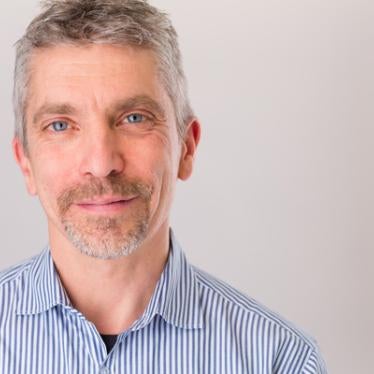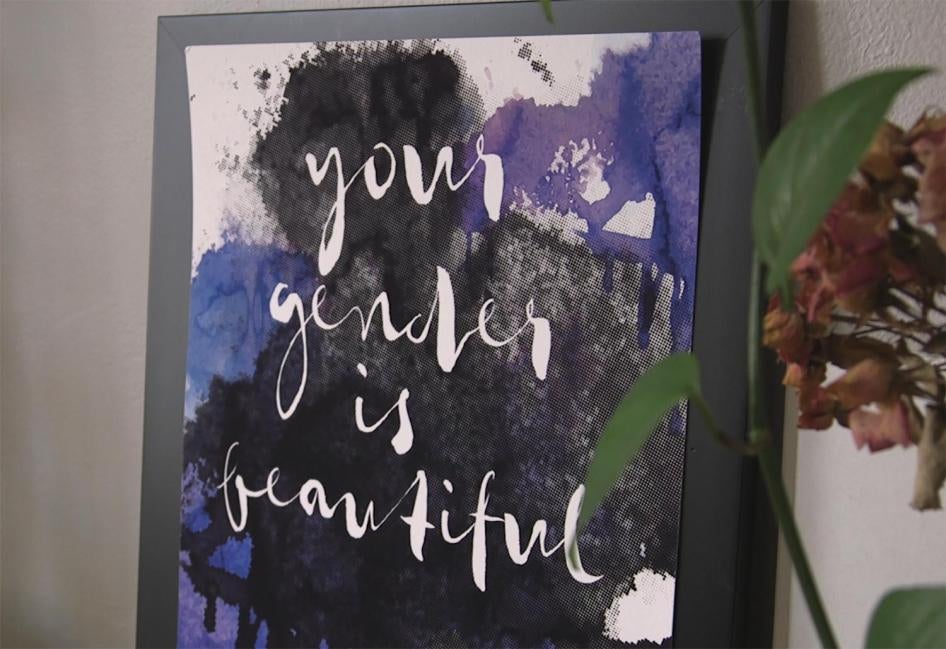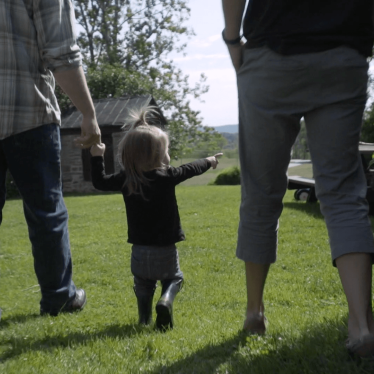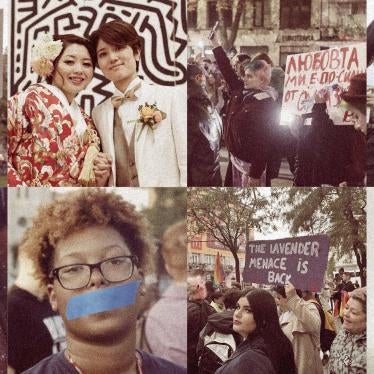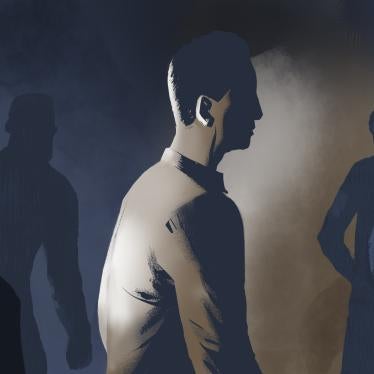On October 26, 1996, a small group of activists picketed outside an American Academy of Pediatrics conference in Boston to draw attention to the fact that cosmetic surgeries were routinely being performed on intersex children and newborns. Now, October 26 is Intersex Awareness Day every year.
To mark the occasion in 2017, intersex advocate Pidgeon Pagonis led a protest in front of the Ann & Robert H. Lurie Children’s Hospital of Chicago. Over a decade ago, doctors at the hospital performed a medically unnecessary surgery to alter Pidgeon’s clitoris, vagina, and gonads without Pidgeon’s consent. For Pidgeon and the others in attendance, the protest was both political and deeply personal.
In anticipation of the protest, the hospital issued a friendly public statement, saying, “We are committed to open communication with the Intersex community and fully respect the diversity of opinions that exist in affected individuals.” And yet a leaked internal communiqué from the hospital struck a rather different note. In it, the hospital’s public-relations department described the protesters as advocates of “an extreme position on the issues related to intersex individuals.”
These are two rather different messages. The first expresses openness to dialogue, while the second dismisses intersex advocates as extremists. But, taken together, the conflicting messages reveal some of the underlying assumptions about surgery on intersex children. More to the point, they shed light on why doctors continue to perform medically unnecessary, high-risk procedures on intersex children who are too young to consent, even though the practice has been controversial for decades within the medical community.
Surgery conducted on most intersex infants is cosmetic: its aim is not to ensure proper bodily functions according to medical needs, but rather to bring the appearance of the body into line with established gender norms. The goal is to produce typical-looking males and females by erasing any ambiguity.
Of course, some doctors justify these procedures in terms of psychological wellbeing. They argue that surgery is a humane intervention for children with ambiguous sex characteristics who might otherwise struggle to fit in with their peers. And they say they are helping parents, for whom they can produce a “normal”-looking child. In fact, Lurie Children’s website actually advertisessurgeries to “reduce the size of a large clitoris” and “help correct girls’ anatomy.”
Intersex activists argue that social attitudes and medical practices – not their bodies – are the problem. In confronting harmful stigmas, they have common cause with their lesbian, gay, bisexual, and transgender counterparts. Not too long ago, “conversion therapy” for gay or lesbian people – sometimes involving electro-shock procedures – was an accepted medical practice. And transgender people still commonly receive medical diagnoses that turn identity into pathology.
Past experience shows that social attitudes, not individuals, need to change. Consider the International Day Against Homo-, Bi-, and Trans-phobia, which is held on May 17 every year to commemorate the World Health Organization’s 1990 decision to remove homosexuality from its classification of mental disorders. This change in medical consensus required a widespread cultural shift toward understanding homosexuality as a natural variation of human experience.
Likewise, we already know that intersex bodies are a natural variation on a spectrum of body types. That being the case, we should not allow discomfort with ambiguity to be imposed on the bodies of children who are too young to speak or understand what’s going on. This applies especially to medical practitioners who perform cosmetic surgery on intersex infants. They need to take a step back and examine the cultural assumptions underpinning their medical opinions.
To understand how cultural change can take place, it helps to take an anthropological approach, which invites us to study other societies, and to look at our own culture from a different perspective. When we do this, what once seemed strange about another culture becomes familiar and understandable, while aspects of our own culture that we took for granted can start to seem rather strange.
How cultures deal with ambiguity and anomaly is a central question of anthropological inquiry. Intersex people’s bodies challenge fundamental cultural assumptions about sex and gender in many societies. But now that we have ample knowledge about the issue, we can either critically examine and adjust these assumptions, or we can insist that individuals conform to existing cultural norms and social expectations.
The current medical paradigm does the latter. And yet it is not hard to read the tea leaves on this issue. Medical experts from Physicians for Human Rights, the WHO, the American Medical Association board of trustees, and a host of human-rights groups believe that only intersex individuals – not their parents or doctors – should decide whether to undergo surgery.
Outside the hospital in Chicago in October, protesters held placards with messages such as “Educate, Don’t Operate” and “Our ‘extreme’ position: first do no harm.” They’re right. Respecting diversity is not an extreme idea. The extreme position is that intersex bodies need to be made “typical” through surgical intervention without giving the people who inhabit those bodies a say in the matter.
Lurie Children’s and other hospitals would do well to reconsider what they are doing. When we look back at this issue in the future, it will be clear who – the surgeons or the protesters outside the hospital – was standing on the right side.
